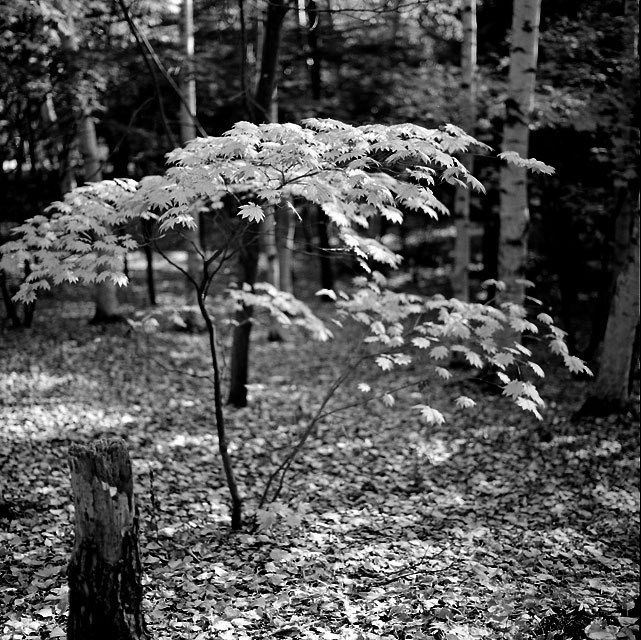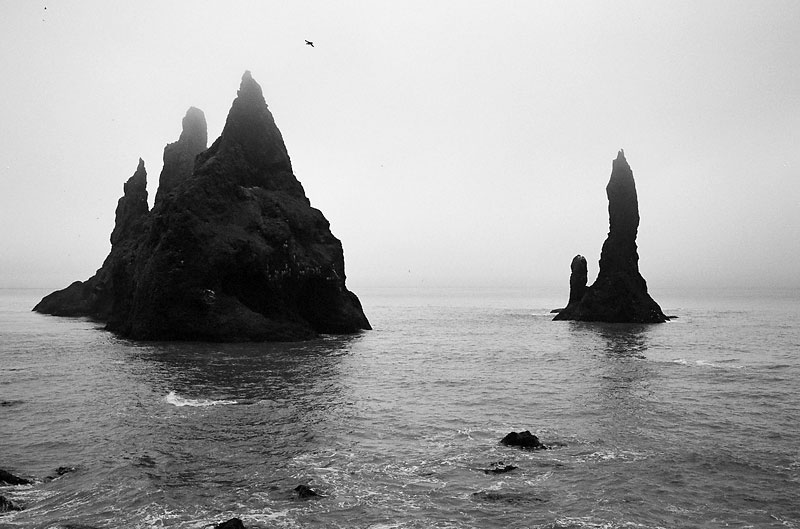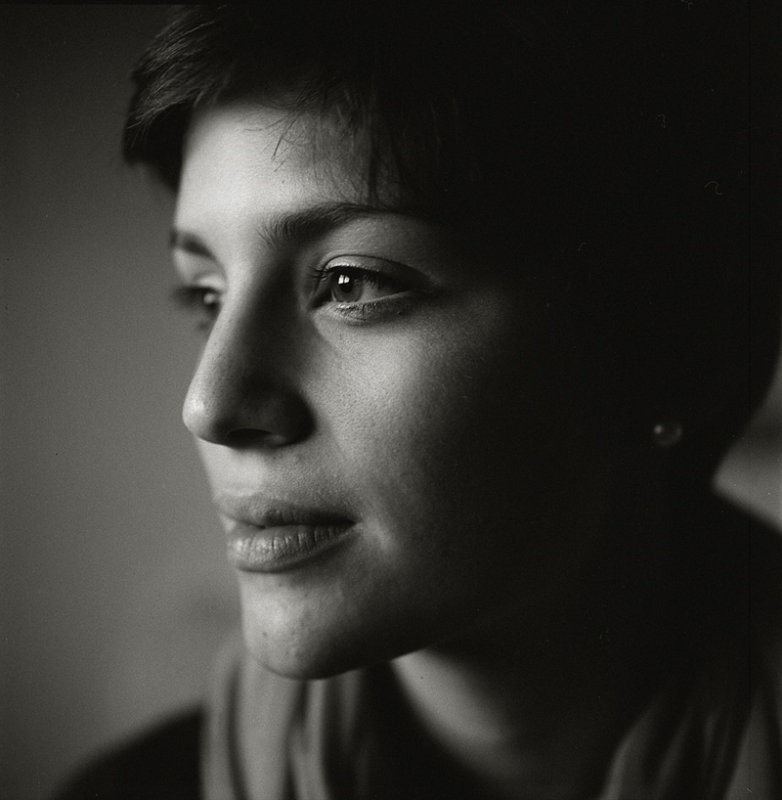harmsr
M5 Nut
Ok, first I have never shot in B&W. It has always been color and then a PS conversion after scanning. I typically shoot Kodak Pro 100UC, Portra 160NC, Portra 400VC, Portra 800. I really like the skin tones and fine grain of the Portra line.
I am wanting to try some B&W film vs. a digital conversion to see if I like it better, but am really unfamiliar with the films.
Lenses used will be 50 DR Cron and 50 Lux ASPH. Subjects will be candid portrait and downtown street sceens in the early evening light here in Phoenix.
I would like to try a 400 speed film.
I do not do my own developing and don't want to start doing that yet either. I do have a good local lab that can process C-41 B&W or normal B&W.
Now the question.
HP5 Plus, Delta 400, XP2 Super, or ????
Please help with suggestions/comparisons, but explain why vs. just a film name.
Thanks for the help,
Ray
I am wanting to try some B&W film vs. a digital conversion to see if I like it better, but am really unfamiliar with the films.
Lenses used will be 50 DR Cron and 50 Lux ASPH. Subjects will be candid portrait and downtown street sceens in the early evening light here in Phoenix.
I would like to try a 400 speed film.
I do not do my own developing and don't want to start doing that yet either. I do have a good local lab that can process C-41 B&W or normal B&W.
Now the question.
HP5 Plus, Delta 400, XP2 Super, or ????
Please help with suggestions/comparisons, but explain why vs. just a film name.
Thanks for the help,
Ray





